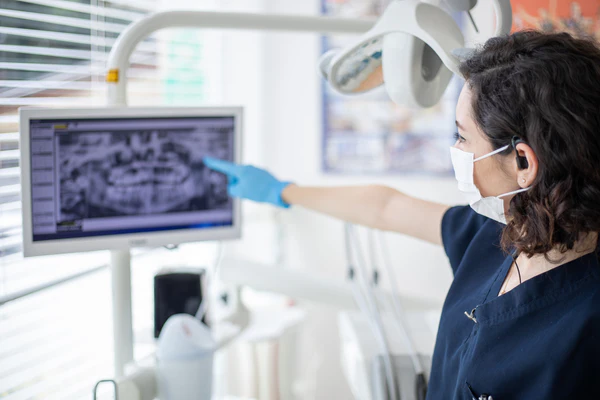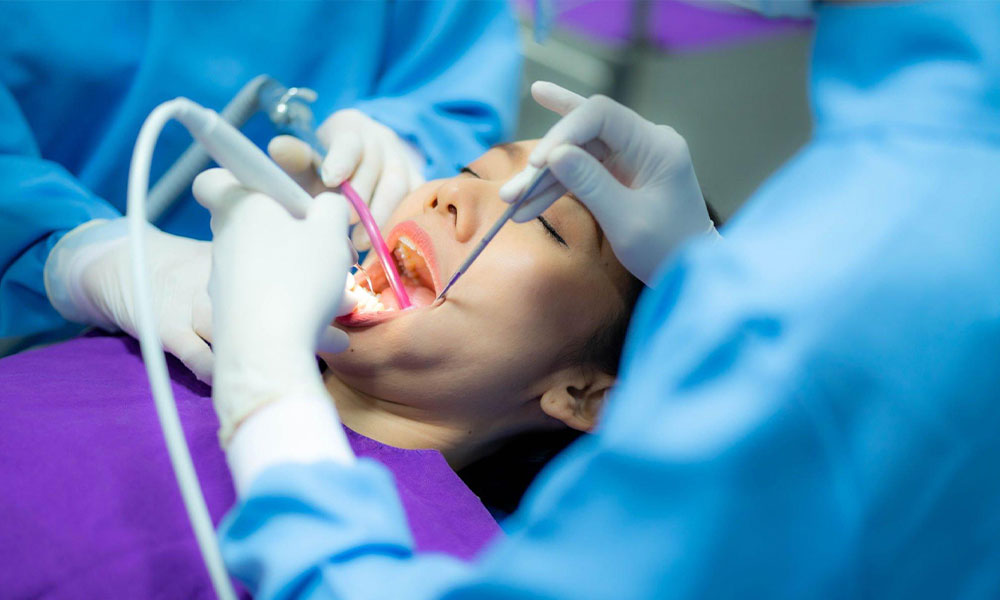Orthognathic surgery, also known as corrective jaw surgery, is a medical procedure offered by the dentist in Fairfield, CA, designed to correct facial imbalances and improve the overall quality of life for individuals with severe jaw alignment issues. This surgery is typically performed to address problems such as uneven bite, facial asymmetry, and difficulty chewing or speaking.
Understanding orthognathic surgery
Orthognathic surgery involves the surgical manipulation of the upper and lower jaws to achieve proper alignment and function. The procedure is usually performed under general anesthesia and can take several hours to complete, depending on the complexity of the case.
Reasons for orthognathic surgery
Here are some common reasons for orthognathic surgery:
- Uneven bite: Severe unevenness in the bite, making it difficult to chew or speak.
- Facial asymmetry: Facial imbalance, affects self-confidence and overall appearance.
- Difficulty chewing or speaking: Jaw alignment issues causing problems with everyday activities.
- Sleep apnea: Severe jaw alignment issues contribute to sleep apnea and respiratory problems.
- TMJ disorders: Temporomandibular joint (TMJ) disorders cause pain and discomfort.
- Crossbite: Upper teeth biting inside lower teeth, leading to wear and tear.
- Open bite: Teeth unable to meet, causing difficulty chewing and speaking.
- Overbite: Upper teeth excessively overlapping lower teeth, causing wear and tear.
- Underbite: Lower teeth overlapping upper teeth, causing difficulty chewing and speaking.
- Congenital deformities: Birth defects affecting the jaw and facial structure.
- Trauma: Facial trauma causing jaw alignment issues.
- Tumors: Tumors affecting the jaw and facial structure.
- Dental crowding: Severe dental crowding causes orthodontic treatment challenges.
- Impacted teeth: Teeth unable to erupt due to jaw alignment issues.
- Aesthetic concerns: Facial imbalance affecting self-confidence and overall appearance.
Benefits of orthognathic surgery
Here are some benefits of orthognathic surgery:
- Improved facial aesthetics: Enhanced facial balance and symmetry.
- Enhanced oral function: Improved chewing, speaking, and overall oral function.
- Increased self-confidence: Improved self-esteem and overall quality of life.
- Relief from pain: Relief from jaw pain, headaches, and TMJ disorders.
- Improved sleep: Improved sleep quality and reduced risk of sleep apnea.
- Increased range of motion: Improved jaw mobility and range of motion.
- Reduced wear and tear: Reduced wear and tear on teeth, reducing the need for dental work.
- Improved speech: Improved articulation and clarity of speech.
- Boosted self-esteem: Improved overall appearance, leading to increased self-confidence.
- Improved breathing: Improved nasal breathing and reduced risk of respiratory problems.
- Reduced risk of TMJ disorders: Reduced risk of TMJ disorders and related problems.
- Improved overall health: Improved overall health and well-being.
- Enhanced smile: Improved smile aesthetics, leading to increased self-confidence.
- Long-term results: Long-term results, with proper care and maintenance.
Orthognathic surgery can have a significant impact on a person’s quality of life, addressing both functional and aesthetic concerns.
Preparing for orthognathic surgery

Preparing for orthognathic surgery involves several steps:
- Consultation: Initial consultation with an oral surgeon or orthodontist to discuss treatment options.
- Evaluation: Comprehensive evaluation of the jaw and facial structure, including X-rays, CT scans, and impressions.
- Treatment plan: Customized treatment plan, including orthodontic treatment and surgery.
- Orthodontic treatment: Orthodontic treatment to align teeth and prepare for surgery.
- Surgical preparation: Pre-surgical preparation, including:
- Medication: Stopping certain medications, such as blood thinners.
- Diet: Following a soft food diet before surgery.
- Instructions: Follow specific instructions provided by your surgeon.
By following these steps, you can ensure a smooth and successful orthognathic surgery experience.
Recovery and post-surgical care
- Hospital stay: Typically a 1-2 day hospital stay.
- Pain management: Pain management through medication and ice packs.
- Dietary restrictions: Soft food diet for several weeks.
- Follow-up appointments: Regular follow-up appointments for monitoring and adjustments.
Takeaway
Orthognathic surgery offers a life-changing solution for individuals with severe jaw alignment issues, providing improved facial aesthetics, enhanced oral function, and increased self-confidence. While the procedure requires careful consideration and preparation, the benefits far outweigh the risks, leading to a significantly improved quality of life.


